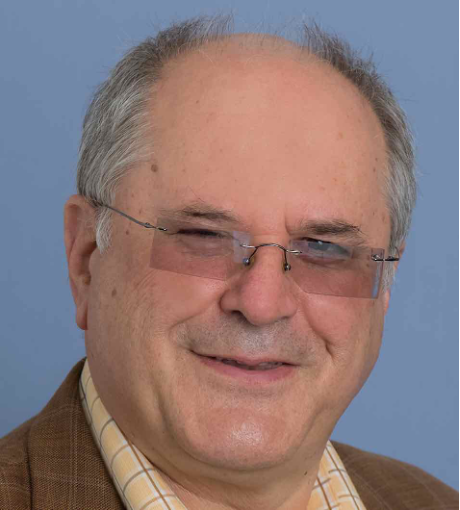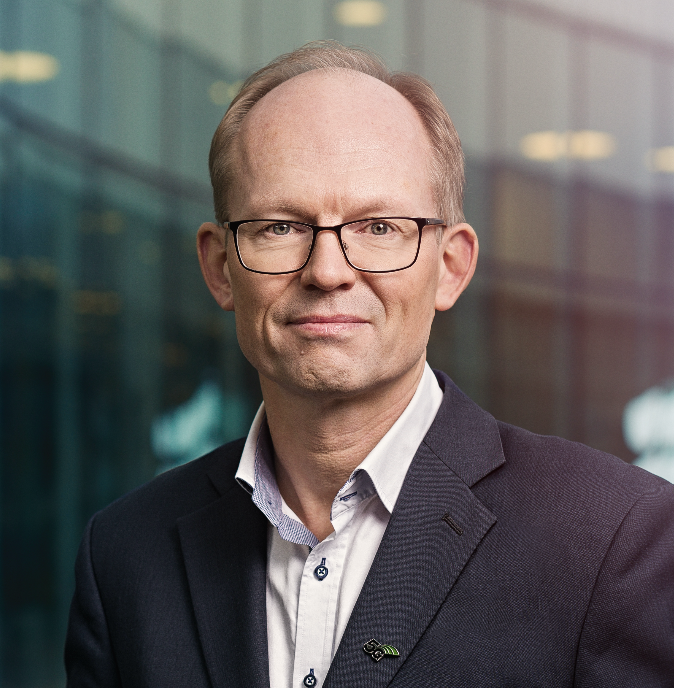LCN Keynote Presentations
Monday, 16 November 2020, 0900 CET (UTC +01:00)
Real-Time Distributed Contextual Intelligence in the Era of Ubiquitous Connectivity
Dr. Arkady Zaslavsky
Professor of Distributed Systems & SecurityDeakin University
Melbourne, Australia
ABSTRACT
The Internet of Things (IoT) envisions an ecosystem in which everyday objects are enhanced with sensing, actuating, computation capabilities as well as ubiquitous connectivity. These IoT devices can sense and collect considerable amounts of data and share it with each other via the Internet. This talk will focus on distributed contextual intelligence by applying AI & reasoning techniques to IoT data streams in near real-time. The Context-as-a-Service (CoaaS) IoT platform was developed as part of EU H2020 project biotope which aimed at developing a multi-layer system of IoT systems. The CoaaS platform provides reliable dependable relevant timely context to context-consumers using powerful context definition and query language along with real-time continuous reasoning over IoT data streams. Context storage management system with local and distributed caching has also been developed in response to near real-time constraints. CoaaS supports monitoring situations and enables context- and situation-awareness across the IoT ecosystem. Examples of CoaaS deployment will be presented and discussed.
ABOUT THE SPEAKER
 |
Dr Zaslavsky is a Professor of Distributed Systems & Security at Deakin University, Melbourne, Australia. Arkady is leading and participating in R&D projects in Internet of Things, mobile analytics and context-awareness science areas. He was a technical leader of the EU Horizon-2020 project bIoTope – building IoT Open Innovation Ecosystem for connected smart objects. Professor Arkady Zaslavsky holds Adjunct-Professorship appointments with a number of Australian and International universities, including La Trobe University, University of Luxembourg and ITMO University, StPetersburg. Arkady Zaslavsky has published more than 400 research publications throughout his professional career and supervised to completion more than 45 PhD students. Arkady Zaslavsky is a Senior Member of ACM, a Senior Member of IEEE Computer and Communication Societies. More information: Google Scholar | LinkedIn | ORCID |
Tuesday, 17 November 2020, 0900 CET (UTC +01:00)
Towards 6G
Dr. Magnus Frodigh
Vice President & Head of Ericsson ResearchStockholm, Sweden
ABSTRACT
Today the network platform is the center of the intelligent digital infrastructure offering endless possibilities to individuals, enterprises, and governments worldwide. We have gone through a paradigm shift where the smartphone has become our primary internet device. With the rollout of 5G the network platform will enable robust new solutions to a wide range of social, environmental, and economic challenges. Still, we are only at the beginning of new journey where the strong technology trends we see today will take us into a very exciting future, towards a next paradigm shift. We could view that as the 6G era.
The internet of senses is one example what we see in front of us, a future where we will use all five senses (sight, hearing, smell, taste and touch) in communication over large distances. Real-time machine communication is another area that is developing quickly, heading towards AI embedded machines everywhere, and AI-to-AI communication may very well dominate the traffic of future networks.
Transitioning toward a world where the internet of senses is a reality and AI is embedded in machines and robots everywhere will rely heavily on the existence of highly capable network platform. The robust 5G network platform that already exists today continues to evolve in such a way that it will be able to deliver the kind of extreme performance required by application areas such as the internet of senses and communication among intelligent machines. Our research suggests that increasingly advanced technologies in four areas—non-limiting connectivity, pervasive network compute fabric, trustworthy infrastructure and cognitive networks—will play a critical role in the journey towards 6G.
ABOUT THE SPEAKER
 |
Dr. Magnus Frodigh has been Vice President and Head of Ericsson Research since 2018. Dr. Frodigh was Research Area Director for Network Architecture and Protocols at Ericsson Research from 2007 to 2018 with responsibility for driving long-term technology leadership research in the areas of network architecture and protocols comprising radio, transport and core networks, including network management. Dr. Frodigh joined Ericsson in 1994 and has since held various key senior positions within Research & Development and Product Management, focusing on 2G, 3G, 4G and 5G technologies, and expanding collaborations between with both academia and industries. He holds 29 patents. Dr. Frodigh was born in Stockholm, Sweden, in 1964. He holds a Master of Science degree from Linköping University of Technology, Sweden and earned his Ph.D. in Radio Communication Systems from Royal Institute of Technology in Stockholm, Sweden. Dr Frodigh is adjunct Professor at Royal Institute of Technology in Wireless Infrastructures since 2013. |
Tuesday, 17 November 2020, 0900 EST (UTC -05:00)
Do We Still Need Wi-Fi in the Era of 5G?
Dr. Henning Schulzrinne
Levi Professor in the Department of Computer ScienceColumbia University, New York
ABSTRACT
For more than twenty years, 802.11 or Wi-Fi has been the undisputed champion of enterprise and home networks. Even as fast cellular data networks have become widely available, Wi-Fi still carries the lion's share of data and has relegated other WLAN or short-range wireless standards to niche roles. But the cellular and Wi-Fi worlds have been converging, slowly, at all layers. Both cellular and Wi-Fi now have commonalities at the physical, network, access control (DIAMETER) and application layers (e.g., web and VoIP) and there's strong interest in using 5G systems for some high-end applications. In planning for 6G, what lessons can we learn from this parallel existence and the historical developments of these networks? What are the advantages and disadvantages of such a hypothetical convergence? We argue that the main difference is not radio technology, but rather the implicit understanding about the operational model, in particular authentication and authorization.
ABOUT THE SPEAKER
 |
Prof. Henning Schulzrinne, Levi Professor of Computer Science at Columbia University, received his Ph.D. from the University of Massachusetts in Amherst, Massachusetts. He was an MTS at AT&T Bell Laboratories and an associate department head at GMD-Fokus (Berlin), before joining the Computer Science and Electrical Engineering departments at Columbia University. He served as chair of the Department of Computer Science from 2004 to 2009, as Engineering Fellow, Technology Advisor and Chief Technology Officer at the US Federal Communications Commission (FCC) from 2010 to 2017. In 2019-2020, he worked as a Technology Fellow in the US Senate. He has published more than 250 journal and conference papers, and more than 70 Internet RFCs. Protocols co-developed by him, such as RTP, RTSP and SIP, are used by almost all Internet telephony and multimedia applications. He is a Fellow of the ACM and IEEE, has received the New York City Mayor's Award for Excellence in Science and Technology, the VON Pioneer Award, TCCC service award, IEEE Internet Award, IEEE Region 1 William Terry Award for Lifetime Distinguished Service to IEEE, the UMass Computer Science Outstanding Alumni recognition, and is a member of the Internet Hall of Fame. |
